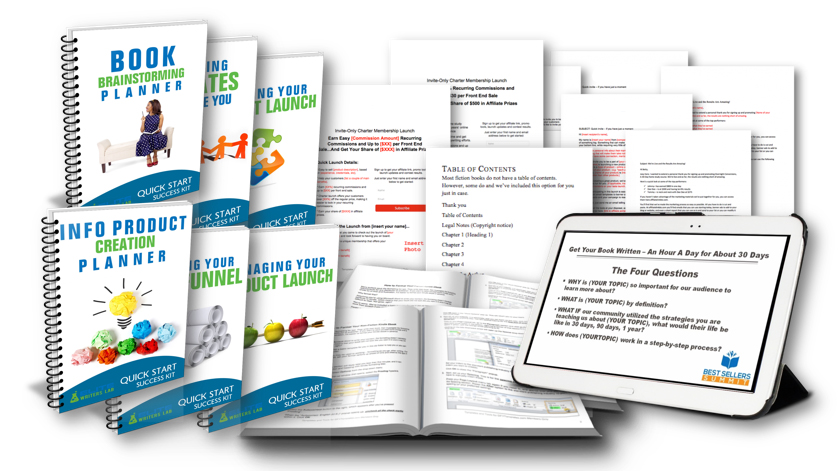One of the most important skills you can learn when trying to improve your copy-writing is the art of persuasion. Using persuasion with words is a skill that you can learn if you understand how to do it. Let’s go over some common persuasive writing techniques used by the pros.
Ask Rhetorical Questions – This is a question that you know no one is really going to answer and doesn’t need an answer to get results. Instead, the question is designed to make the reader think about something important. “Do You Want To Triple Your Conversions?” No answer needed; of course you do, and here’s how.
Use Repetition – You don’t have to go all infomercial on your audience, but repetition does help get a thought or idea into their minds. That’s why TV infomercials use the technique; it works. It might be irritating to some of you but it gets results. Using repetition in copy-writing doesn’t have to be as caustic. For example, you can use repetition in placement of the buy button, offering several calls to action on one sales page.
Add Emotion to Your Words – Use words that elicit feeling from your audience. You may want them to feel happy, sad, excited and even guilty. Using the words that bring out the emotion you want them to feel can help lead your audience down the path you want them to go. You can draw emotions by telling a story, providing case studies, and examples.
Provide a Little Hyperbole – In advertising it’s legal to “blow smoke” a little bit. Don’t lie, but do exaggerate a bit in order to get your point across. Overstating that your solution is “the best” and “most in-depth” is not a lie, but of course you don’t really know if it’s true or not because you’ve not seen every possible solution.
Give Some Stats and Facts – Backing up your points with facts is an important way to get the audience on your side. People like statistics and facts used to back up your points because it helps build trust in your words. Find a way to tone down the stats by making them seem human, using examples that involve a story.
Describe It in Triplicate – This is not about repetition; this is about using three descriptive words (adjectives) to accentuate your points. For example: “These simple, juicy, and flavorful chicken recipes will become family favorites.”
Be Personal – Perhaps your English teacher said not to use personal pronouns in writing, but in copy-writing you should definitely use personal pronouns. It’s about your audience, not you, so use “you” a lot in your copy-writing. But, if you want to relate to the reader, you can also use “we” and “our” to draw them onto your side.
Acquire Alliteration Abilities – Technically, this isn’t alliteration since normally you are supposed to use consonants and not vowels repetitively to make them sound out. A great example is the store “Bed Bath & Beyond.”
Don’t use every single technique in each page of copy or headline, but pick out one or two to use in order to create content such as sales pages, advertising copy, and more that converts.
Get More Content Like This:
If you found this advice helpful, you’ll find more of it in our Elite Writer’s Lab, and the good news is, you can join and get instant access to a huge library of content, just for writers, by clicking here. And you can get in for just $1.

You’ll also have access to a huge library of other expert interviews, courses and resources for turning your writing skills into a living. You’ll love our Quick Start Success Kit that will you publish and market your first book or information product quickly!
